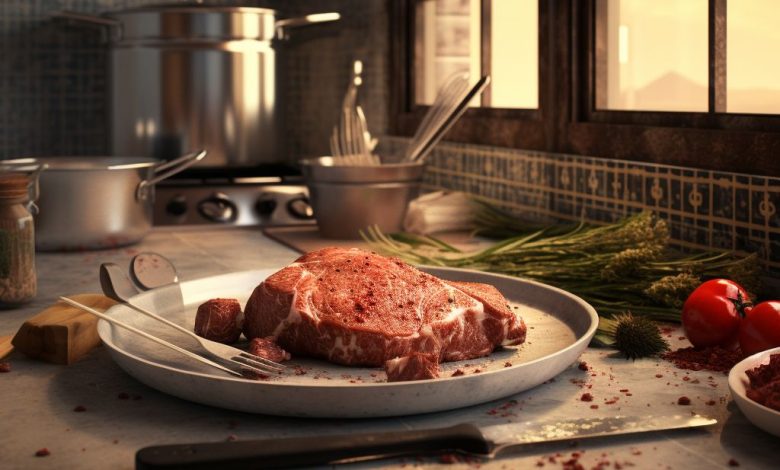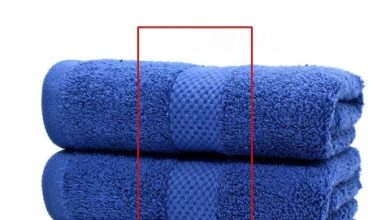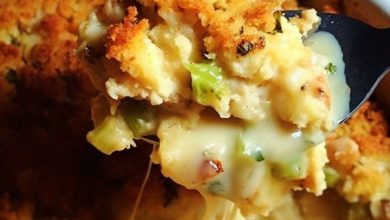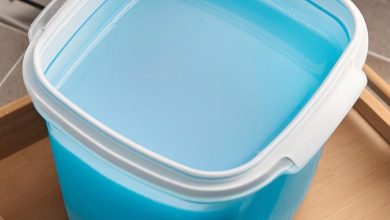Can you eat chicken or beef left out overnight?

In the realm of food safety, the question of whether it’s safe to consume chicken or beef left out overnight is a common concern. This article delves into this topic, providing insights into the risks associated with leaving meat at room temperature and offering guidelines for safe consumption.
ADVERTISEMENT
Understanding the “Danger Zone”
ADVERTISEMENT
The “Danger Zone” refers to the temperature range between 40°F and 140°F (4°C and 60°C), wherein bacteria can proliferate rapidly. It’s crucial to note that perishable foods, like chicken and beef, should not be left out at room temperature for more than two hours. Here’s why:
ADVERTISEMENT
Bacterial Growth
- Bacteria such as Salmonella, E. coli, and Staphylococcus aureus thrive at room temperature. When meat is left out for more than two hours, these bacteria can multiply to dangerous levels, potentially causing food poisoning.
Toxins Production
- Some bacteria can produce toxins as they multiply, which may not be eliminated by cooking. Thus, even if reheated, meat left out overnight may still harbor these toxins.
Spoilage
- Apart from pathogens causing illness, other bacteria can lead to spoilage, resulting in unappetizing textures, odors, and flavors, rendering the meat unsafe for consumption.
Risks Associated with Consuming Meat Left Out Overnight
Consuming chicken or beef left out overnight poses significant health risks, including foodborne illnesses that can be severe or life-threatening, especially for vulnerable populations like children, the elderly, pregnant women, and those with compromised immune systems. Symptoms can vary from mild gastrointestinal discomfort to more severe conditions like kidney failure.
Guidelines for Safe Consumption
To minimize the risks linked with consuming meat left out overnight, adhere to these guidelines:
Refrigeration
- Always refrigerate perishable foods within two hours. In hotter climates or during summer months, where room temperatures surpass 90°F (32°C), this timeframe decreases to one hour.
Cooking and Reheating
- Ensure meats are cooked to proper internal temperatures (165°F or 74°C for chicken, and at least 145°F or 63°C for beef) to eradicate any bacteria. When reheating leftovers, ensure they reach 165°F or 74°C throughout for safe consumption.
Discarding Unsafe Meat
- If there’s any doubt or if meat has been left out overnight, the safest option is to discard it. It’s not worth jeopardizing health to salvage potentially contaminated food.
Cross-Contamination
- Prevent cross-contamination by ensuring raw meats don’t come into contact with other foods. Use separate cutting boards and knives for raw meat, and thoroughly wash hands, utensils, and surfaces after handling.
Safety is paramount when handling and consuming meats such as chicken and beef. Leaving these products out overnight exposes them to the Danger Zone for bacterial growth, rendering them unsafe for consumption. By following the aforementioned guidelines, individuals can mitigate the risk of foodborne illnesses, ensuring the food they serve is both delicious and safe.




